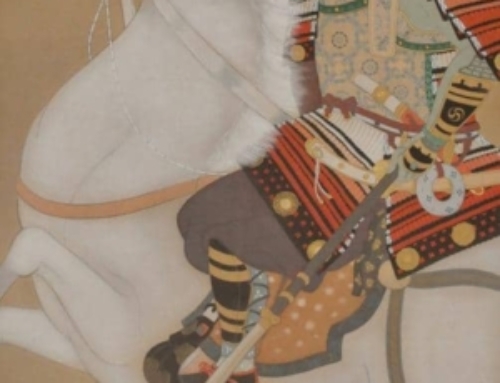Why do I make such a big deal out of organizational DNA? I believe that business systems/processes and the human side of business need to be treated together and not separately in order to get breakthrough results. Just as double stranded human DNA creates stability in humans, organizational DNA, when the human and business side are integrated, creates long term viability and organizational excellence. Where is the human side in strategic planning? Read on!
Recently we worked with a company that has the lion’s share of the market, but the market is losing market potential. They wanted us to help them by facilitating a strategic planning session.
We interviewed each leader one on one and discovered they had lost trust and damaged relationships. We told them we first had to repair the broken trust and help them consciously articulate a vision and culture before we could do the strategic plan. They were not happy with that process, but they reluctantly agreed.
The first day we met with them as a group we heard a lot of resistance like, “Why do we need to do this touchy-feely stuff? We have done everything you could imagine in years past.” (here they named some common trust building frameworks they had used in the past).” They could not only name them, but started telling us about them, quite sarcastically. For example, one person asked, “Why do we need ‘Influencers’ in the organization when they are just cheerleaders?” (In one profiling instrument, DISC, an Influencer Profile is of someone who is outgoing and an original creative thinker), “We spend time learning about each other’s profiles and team building and then nothing happens. Why are we wasting our time again?!”
They also in a group unhesitatingly agreed that there were no trust or relationship issues! We shared the data from our one on one interviews which showed lack of trust. They went so far as to ask us, “Ok what questions did you ask in the assessment that made you conclude we have lack of trust?” We stated the first question, whereupon they looked at each other and sheepishly grinned, agreeing that it showed lack of trust. Then we continued to share the questions and at each question they slumped in their chairs in agreement with the assessment of lack of trust.
You could have heard our hearts beating. After five heartbeats of silence, we showed them the roadmap we intended to follow leading up to the strategic plan and the follow up to the strategic plan. Because we had a road map and it wasn’t a “one and done”, they grudgingly agreed to try following our process.
I am not going to lie, the first day was rough. On the second day of work they created operating principles for the kind of culture they wanted to create that would take them to their vision of the future. They concurred, “Wow if we had had these operating principles five years ago, we wouldn’t be in the mess we are in now.”
On day three we were ready to start a strategic planning process. Now their objections turned to, “Why bother with a strategic plan when it’s done it will just sit on a shelf gathering dust. By the time we get it done things will have changed any way and it will be useless.” We showed them our strategic planning system that becomes a living, breathing framework with consistent follow up, learning and adaptability. The process creates alignment and accountability, not just vertically but horizontally. Also, resource needs are discussed up front so that there is no politicking outside of the leadership group to fight for resources.
By the end of day three the group identified several transformative products that would disrupt the industry and they agreed to increase the proportion of revenues spent on R &D. The manufacturing manager turned to the marketing manager, with whom he had held grudges for the last five years and said, “I had no idea I could learn so much of value from you.” The marking manager responded, “I really appreciated how you positively engaged and added to the discussion.”
Double stranded DNA was at work and my fist was pumping air.





[…] made him unparalleled was his ability to make each person feel like they were necessary for the success of the organization. This skill helped him align thousands of employees in using their unique work superpower to […]